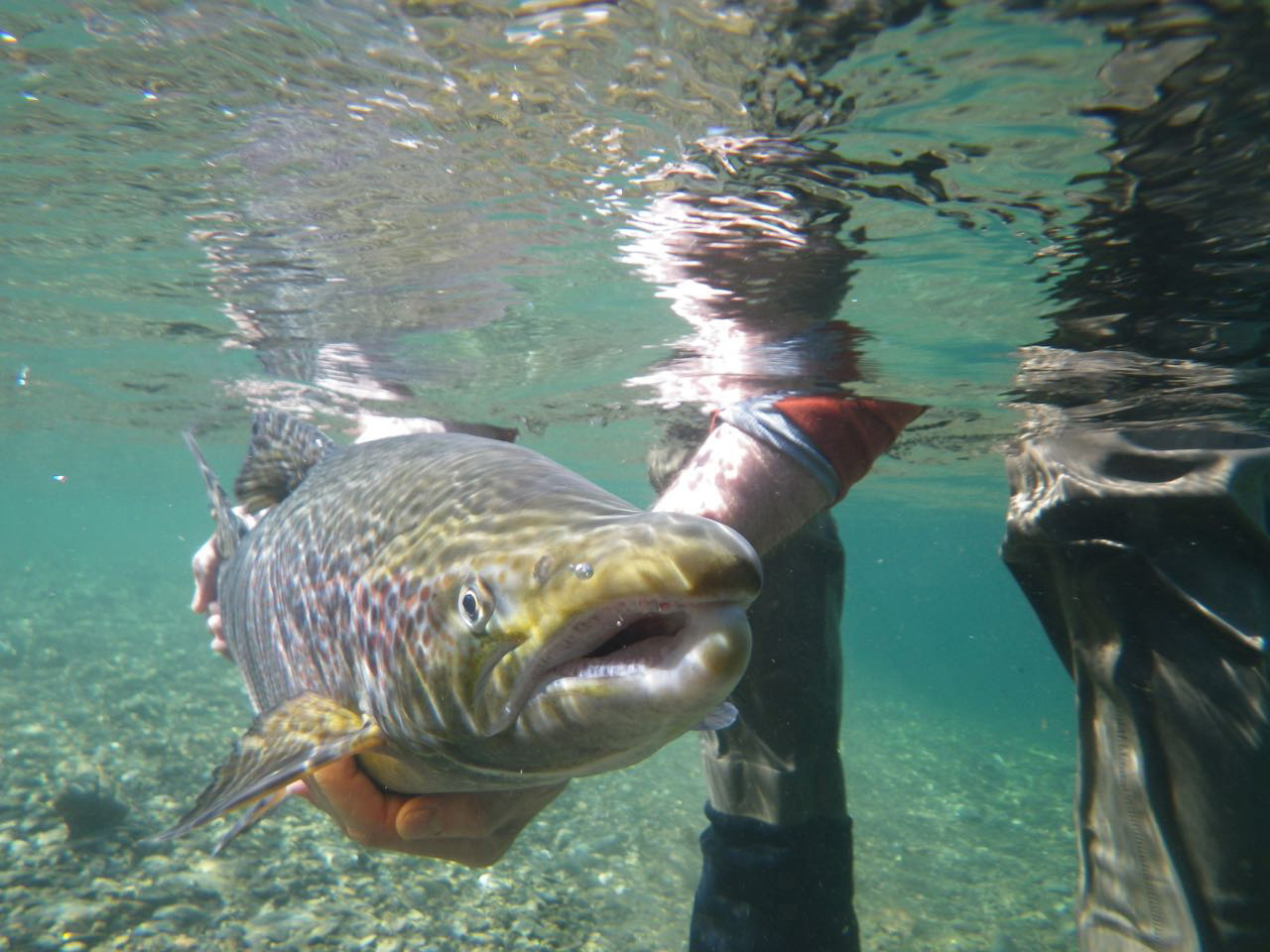
FARMINGTON – After being designated a critical habitat for the endangered Atlantic salmon by the National Marine Fisheries Service in 2009, the Walton’s Mill Pond Dam will be under scrutiny over the next six months as surveyors gather information to present the town.
The dam on Temple Stream, built in 1820, is located in what is identified as critical habitat for the Atlantic salmon and blocks their passage for migration. Atlantic salmon is the only species of salmon native to the east coast of the U.S. and only one percent of the historical population remains, according to the Atlantic Salmon Federation. Director of the New England Programs of the ASF, John Burrows, presented a research project proposal to selectmen back in April that would result in the outline of several options for the dam.
“Something needs to happen in terms of fish passage. We’re trying to help the town out, but it will ultimately be the residents decision,” Burrows said.
Burrows said he believes the study, which is being conducted by engineers at Wright-Pierce, will prove that there are essentially three options for the dam, and for its endangered inhabitants. One option, which Burrows said would most likely be fully funded by ASF, would be to remove the dam completely. This would be the best option for the fish, however has already brought contentious discussion from town members who have grown up alongside the dam.
An alternative option would be building a fish ladder, which would be less destructive to the historic site, but may not bring in as much funding. The third option would be to remove parts of the dam, leaving the majority of it intact.
Successful examples of each of these options are underway in the Sheepscot River watershed- another one of the 11 rivers in Maine that were identified as critical habitat for the salmon.
In addition to potential changes on the water, ASF is working with landscape architecture firm Richardson & Associates to look at alternative ways to improve the existing park and other town land adjacent to the Walton’s Mill Dam. This process will begin with a public design charrette and information session at 6:30 p.m. on Wednesday, June 28 in the basement of the Farmington Community Center.
Burrows stressed the importance of town members sharing their opinions and ideas at this meeting, as well as future meetings.
“The community will have a lot of information to grapple with, and there will be a lot of diverse opinions. But hopefully the final decision will be a well informed one,” he said.
For more in-depth information about the critical state of the Atlantic Salmon, the National Oceanic and Atmospheric Administration has a video that can be watched by clicking here.
For additional information or questions, please contact John Burrows at the Atlantic Salmon Federation at john@asf.comcastbiz.net or (207) 725-2833.





If and when the fish were ever to return to Temple Stream, they would be fished, netted, and speared, upon arrival.
I am sure it will make some folks feel good, but not a good rationale to knock down the dam. Money could be put to better use, IMO.
Has anyone ever seen a salmon on the low side of the dam saying ‘oh crap!’?
Couldn’t agree more with Dulles!
Atlantic salmon are an endangered species and federal law requires catch and release.
Are all the obstacles for salmon to migrate as far as Walton’s Mill Pond no longer likely to stop the salmon? If not, what would be the point of doing anything to the dam? Are they already in the Sandy River?
There is a salmon restoration project in the Sandy. Paul Christman of the Department of Marine Resources has been stocking the Sandy in Phillips for several years. There are also several schools in Franklin County that release fry into the river as part the Atlantic Salmon Federation Fish Friends Project.
Definitely not Captain Planet, NO sign of them!
Those concrete structures left below the dam are ugly. And now they have planted a tree right in the middle of the lawn. In a few years we won’t be able to see the dam from the parking lot, it used to be a nice view. What were they thinking? I say, remove the dam tree at least!
To fish fan…so what?
Fishfan, thanks for giving facts. Seems like most people on here are more worried about their “view” of the dam then about restoring the fish the dam took away. If the dam serves no purpose other than giving people a nice view, then get rid of it.
So what,
Just answering Bill Reid’s question. That’s what. Not everyone has an agenda.
This program, first needs to provide the readers some feedback on the success of the Sandy River program. It would go a long way in gaining local support for such a drastic action of removing the dam.